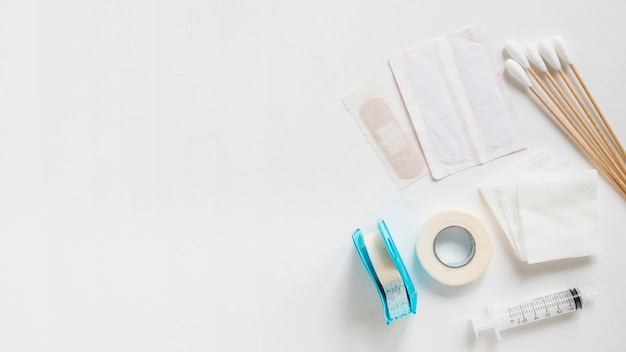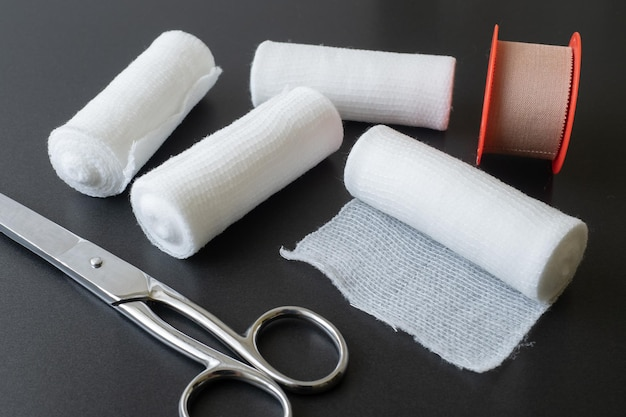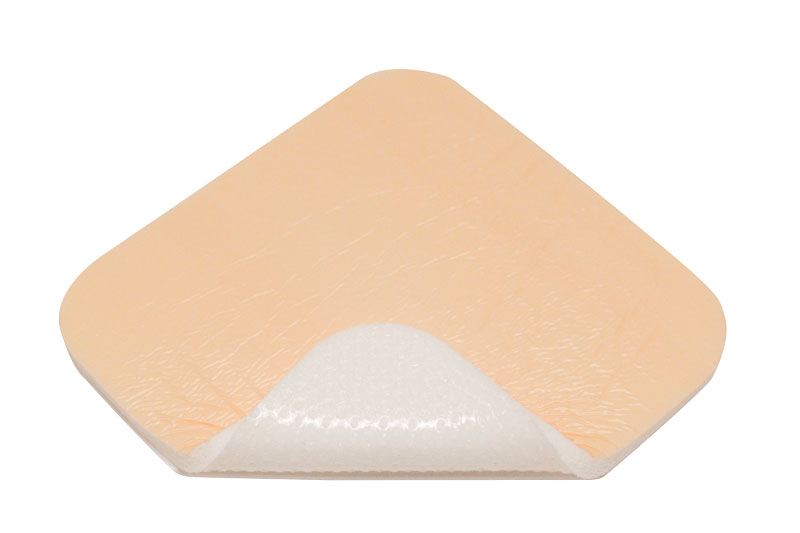25/05/2023
ByWinner Medical
 1855
1855


For different types of wounds, wound management matters! Depending on the type of wound, wound care solutions can typically be divided into two categories: traditional wound care solutions and advanced wound care solutions.
Traditionally, it has been thought that wounds heal best when treated dry. The 'drying out' of the wound and the formation of a scab were considered to be positive signs of wound healing. Today, the disadvantages of traditional wound management are clear. First of all, the necessary nutrition of the cells was interrupted, proliferation was reduced, and cell migration was inhibited. Moreover, the adhesion of the dressing material to the wound meant that dressing changes were often traumatic. However, it by no mean implies that traditional wound care solutions are useless, they are useful, just like advanced wound care solutions have areas inapplicable.
Do you know how to choose the most suitable wound care solutions? Identifying the optimal dressing for a particular wound type is an important element in facilitating wound healing following injury, infection or surgery. The right wound care solution can be determined by the basic characteristics of traditional and advanced wound dressings.
Traditional Wound Care Solutions
Represented by gauze, bandages and cotton wool, traditional wound dressings are dry, primary or secondary dressings.

Generally speaking, thanks to their compositions, traditional wound solutions are good for acute wound treatment with no thread ends, large liquid absorption, and fast liquid absorption speed. Protection against bacterial infection is provided by gauze dressings made from woven and non-woven fibres of cotton, rayon and polyester. Some sterile gauze pads use the fibres in these dressings to absorb exudate and fluid from open wounds.
Dressings made from natural cotton and cellulose or synthetic polyamide materials perform different functions. For example, cotton bandages are used to hold lighter dressings in place, and high compression bandages and short-stretch compression bandages provide continuous compression for venous ulcers.
Tulle dressings are suitable for superficial clean wounds and are commercially available as paraffin impregnated dressings.
Overall, these traditional wound care solutions can help you with:
lAbsorbing blood and other fluids of the wound
lPreventing the small particles from irritating the wound
lReducing the risk if microbial infection occurs
lDrying the wound
Advanced Wound Care Solutions
As medicine advances, wound care is constantly evolving. Hydrogels, hydrocolloids, alginates, films and foam dressings, such as silicone foam dressings, are among the advanced wound care solutions. They are usually prescribed by clinicians following a visit to a doctor or hospital.

The aim of these dressings is to protect the wound from dehydration and to promote healing. Advanced wound dressings are usually based on synthetic polymers and can be divided into three categories: passive, interactive and bioactive. Passive products are non-occlusive, such as gauze and muslin dressings used to cover wounds. Interactive dressings come in many forms including films, foams, silicone form dressings, hydrogels and hydrocolloids and can be both semi-occlusive and occlusive. These dressings act as a barrier to prevent bacteria from entering the wound.
For more complex wounds, advanced wound care dressings have been developed. Advanced wound care products are based on the principle of moist therapy. Moisture is applied to the wound site to promote natural cell repair, while substances such as gelatin and cellulose are added to the wound to absorb fluids, dirt and bacteria and form a protective gel mass. Moist wound management creates physiological conditions for wound healing: new cells can develop, proliferate and migrate more easily. Proper exudate management is also important. The aim is to promote an ideally moist wound environment, while at the same time collecting excess wound exudate. The dressing should provide gas exchange. It should be able to be changed as atraumatically as possible.
In conclusion, advanced wound care products perform better in treating complex wounds and solving clinical problems such as wound cleansing and exudate management, as they are able to:
lPeritrauma skin protection
lAcute wound closure
lChronic wound exudate management
lActive exudate management
lPost-wound healing repair
Traditional or Advanced Wound Care Solutions?
It depends on the type and severity of the wound and the patient's general health.
Traditional wound care solutions, such as bandages and antiseptics, can be effective for minor cuts and scrapes.
However, more advanced wound care solutions may be required for more severe or chronic wounds. These may include dressings with specialized properties, growth factor therapies and negative pressure wound therapy.
The choice of wound care solution should be made in consultation with a healthcare professional, taking into account the patient's specific needs and conditions.
Wound healing is a dynamic and complex process that requires a suitable environment to promote the healing process. There is no clear answer to the question of which is better, traditional or advanced dressings. Both traditional and advanced wound care solutions have their advantages, as shown in the table below. The right wound dressing depends on the wound type and personal demands.
Winner Medical is one of the leading manufacturers of disposable wound care and surgical products in China, and we provides both traditional and advanced wound dressing supplies.
Should you have any question, Winner Medical is always happy to help.